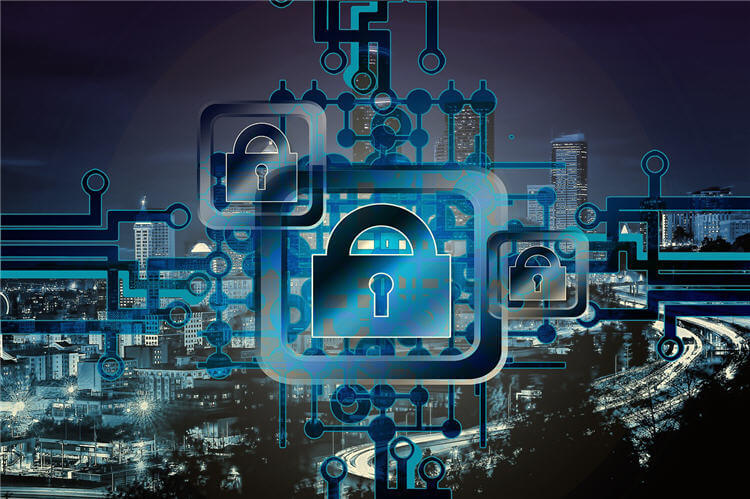Piracy is inevitable. Having said, how can you protect your documents from being pirated? Many people create original content that they would like to share with the world. Creating such content is often expensive because it requires dedication, time, and the use of resources. The goal is often to benefit financially from such pursuits with very few going through the process pro bono. Unfortunately, such efforts will come to naught when people pirate the content and give it out for free on various download sites. In fact, losses attributed to piracy account for billions of dollars annually.
Luckily, this is a menace that you can stop. To do this, you would need to ensure that no party with authorized access can duplicate your documents in an unprotected format. For this purpose, you should use DRM.

Page Contents
How a document DRM system can prevent users from making unprotected copies
Below, we discuss how a document DRM system can prevent users from making unprotected copies.
They Lock Documents to Devices
While it may seem mundane to lock a document to a device, doing so actually means that no other device (computer, tablet or phone) can open your file, even if they get hold of it. So, if users download it from a site or receive it via email and still would not be able to open it.
How it works is that a licensing system controls what devices authorized users can use and if the device a document is copied to is not authorized then the document will not open. Keys required to open protected documents will only download to authorized devices and if a user copies a key to a non-authorized device it will fail to work. This is because keys are stored in a keystore that is coded to each device.
They Prevent the Functioning of Screen Grabbers
You also need to protect your documents from screen grabbers. Screen grabbers can cause a lot of pain for content creators. Such software enables people to take screenshots of content which means they can make a copy of whatever is on their screens. And, if it is a sensitive document, they can then have an unprotected copy. They can then share the content on a torrent site and nobody would even know where the leak came from.
DRM can prevent this from happening. A good document DRM system will prevent the use of any third-party apps on a PC that may allow users to record what is on their screens. Additionally, users will not be able to use keyboard shortcuts, such as save as and copy and paste.
DRM Prevents the Use of the Print to File Option
Another way to protect your documents is to disable print to file option.
Users may sometimes need to print a document. If printing is allowed, the authorized users may use a loophole that has been around for a while; they may print to PDF file driver which effectively creates an unprotected PDF copy. Others would save the document as PDF file format – then print it. A DRM system will ensure that this cannot happen as the system will check whether printing is to a physical printer or not and will only allow users to make a paper copy.
A DRM system will Make Watermarking More Effective
Dynamic watermarks are a significant deterrent to piracy. After all, there are legal actions that people can take against those who steal their work and sell or share it as their own. And, if a shared copy would always include details of the authorized user who made the copy, then people would be discouraged from making copies since it would be clear who made it.
Unfortunately, as a standalone measure, people can quickly get around it. For example, they can change the document format and manually remove the watermark.
This is where DRM system can be of service to protect your documents.
If your DRM system disallows editing, there is nothing pirates can do to remove the watermarks – unless they want to take screen shots with a phone and manually edit each page to remove them. It would, therefore, be tough for users to share such documents on free torrent sites without also sharing their details.
They Lock Documents use to Locations
It may be one thing locking documents to a device but if that device is a laptop, tablet, phone or other portable devices then users can take it home with them and show those protected documents to others.
Some documents, however, may be so sensitive that they should never leave the office. That is where location locking comes in, enabling you to restrict document use to specific locations so that if a protected document is accessed from a non-authorized location then it cannot be opened.
This is also useful when sharing documents with third parties and you want to make sure that they are only available in certain countries or accessed from specific sites.
So DRM systems enable you to use multiple methods to ensure your protected documents are not easily compromized.
